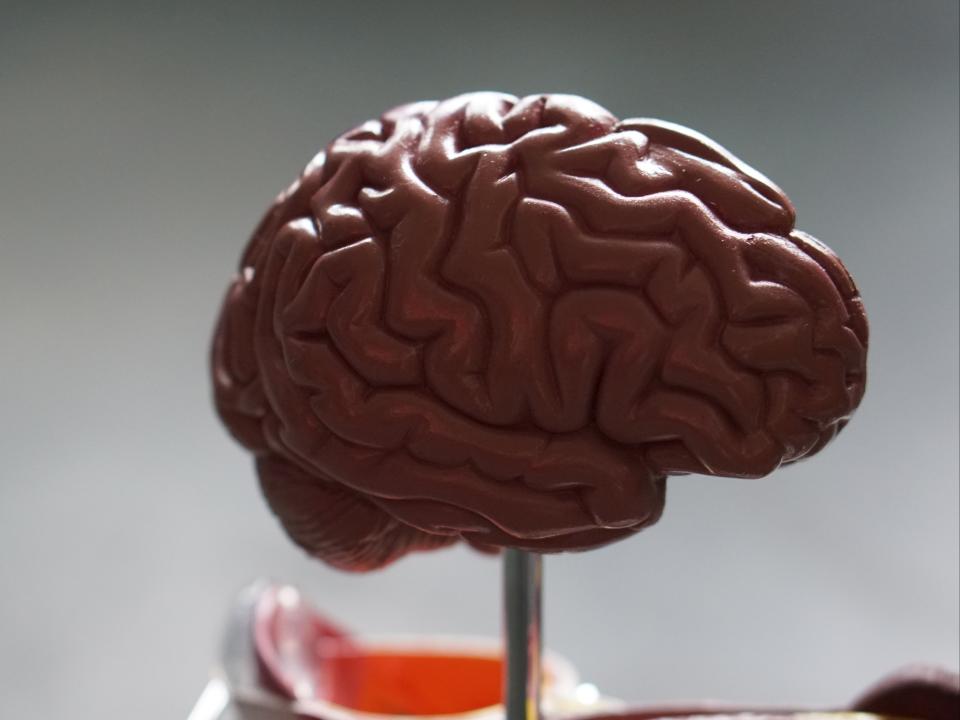Scientists are growing tiny brains in 3D-printed reactors

Scientists are growing miniscule amounts of brain tissue in 3D-printed systems, allowing them to watch them grow and develop on a tiny scale.
The organoids were grown from human cells over the course of a week, where a small but if brain tissue developed a cavity surrounded by a self-organising structure similar to a developing neocortex – the part of the brain used for motor commands, spatial reasoning and language.
The technology that has made this development possible is ‘microfluidics’, where nutrients can be delivered through minute tubes connected to a chip.
Compared to mainstream methods, this new system has numerous benefits: growing organic material in commercial culture dishes are is costly, and the dishes are only compatible with specific microscopes. Moreover, scientists are unable to let nutrients flow through them to help the tissue grow.
Microfluidics, however, are expensive to buy and challenging to make – and what makes 3D-printing such an attractive alternative. New units can be made cheaply, with allowances for imaging wells and channels for nutrients that can be pre-heated to encourage tissue growth.
Read more:
Scientists connect human brain to computer wirelessly for first time ever
Scientists may have found a special black hole that could change our understanding of the universe
"Our design costs are significantly lower than traditional petri dish- or spin-bioreactor-based organoid culture products," said scientist Ikram Khan, who authored a study on the technology in Biomicrofluidics.
"In addition, the chip can be washed with distilled water, dried, and autoclaved and is, therefore, reusable."
The research found that the brains were much more likely to survive over a course of the week in these new, 3D-printed enclosures than in conventional ones.
"One advantage offered by our microfluidic device is that it allows constant perfusion of the culture chamber, which more closely mimics a physiological tissue perfusion than conventional culture, and thus reduces cell death at the organoid core," Khan explained.
This development has numerous practical applications, as scientists can use the fully closed environments to recreate interactions between human organoids and pathogens – including the coronavirus.
Scientists could use this new technology to “accelerate the development of therapeutics”, making it cheaper and easier to develop necessary medicines.

 Yahoo Finance
Yahoo Finance 